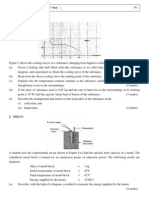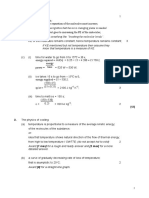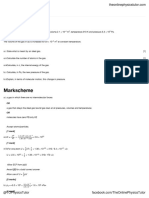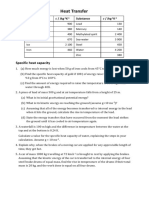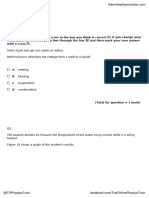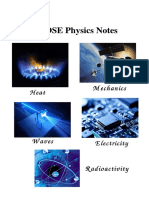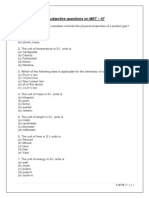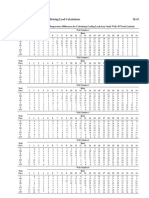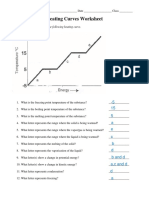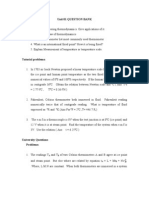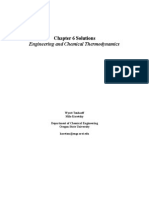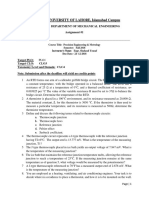0% found this document useful (0 votes)
365 views6 pagesSpecific and Latent Heat: Markscheme
The document discusses concepts related to heat and temperature changes during phase changes. It provides data from an experiment to determine the specific latent heat of fusion of ice. It then asks questions about factors that could affect how long it takes ice to melt, why temperature does not change during phase changes, calculating energy and power transfers, and relationships between specific heat capacities and phase changes.
Uploaded by
mCopyright
© © All Rights Reserved
We take content rights seriously. If you suspect this is your content, claim it here.
Available Formats
Download as PDF, TXT or read online on Scribd
0% found this document useful (0 votes)
365 views6 pagesSpecific and Latent Heat: Markscheme
The document discusses concepts related to heat and temperature changes during phase changes. It provides data from an experiment to determine the specific latent heat of fusion of ice. It then asks questions about factors that could affect how long it takes ice to melt, why temperature does not change during phase changes, calculating energy and power transfers, and relationships between specific heat capacities and phase changes.
Uploaded by
mCopyright
© © All Rights Reserved
We take content rights seriously. If you suspect this is your content, claim it here.
Available Formats
Download as PDF, TXT or read online on Scribd
/ 6




















